Style for numbers and measurements supports accessibility and readability for users.
-
Choosing numerals or words
Numbers as numerals are generally easier for people to scan. Numbers as words remain a convention that people expect in some types of content.
-
Currency
Use the correct numbers, words and symbols for currency so people are clear about the amount.
-
Dates and time
Dates and expressions of time need to be readable and clear, particularly in content that contains detailed timelines. Write, abbreviate and punctuate dates and times consistently so people can understand your content. Follow international and Australian standards to write dates and times for data systems and international communication.
-
Fractions and decimals
Decimals are useful when people need a precise value. Fractions are useful when an exact value is not important.
-
Mathematical relationships
A mathematical relationship is the connection between sets of numbers or variables. In most content, the connection should be described in words. Only use symbols if there’s a user need. Code symbols correctly to ensure they are accessible.
-
Measurement and units
Standard units of measurement support readability and accuracy. Express precise values for users by combining numerals with the correct unit symbol.
-
Ordinal numbers
Ordinal numbers, such as ‘first’, ‘second’ and ‘third’, show the order, position or importance of things in a list or sequence.
-
Percentages
Percentages help people compare things and understand proportions. Use numerals with the percentage sign. Be concise when you write about percentages.
-
Telephone numbers
Write telephone numbers so people can read and use them easily. There are rules for grouping the numbers, using spacing and creating links.

